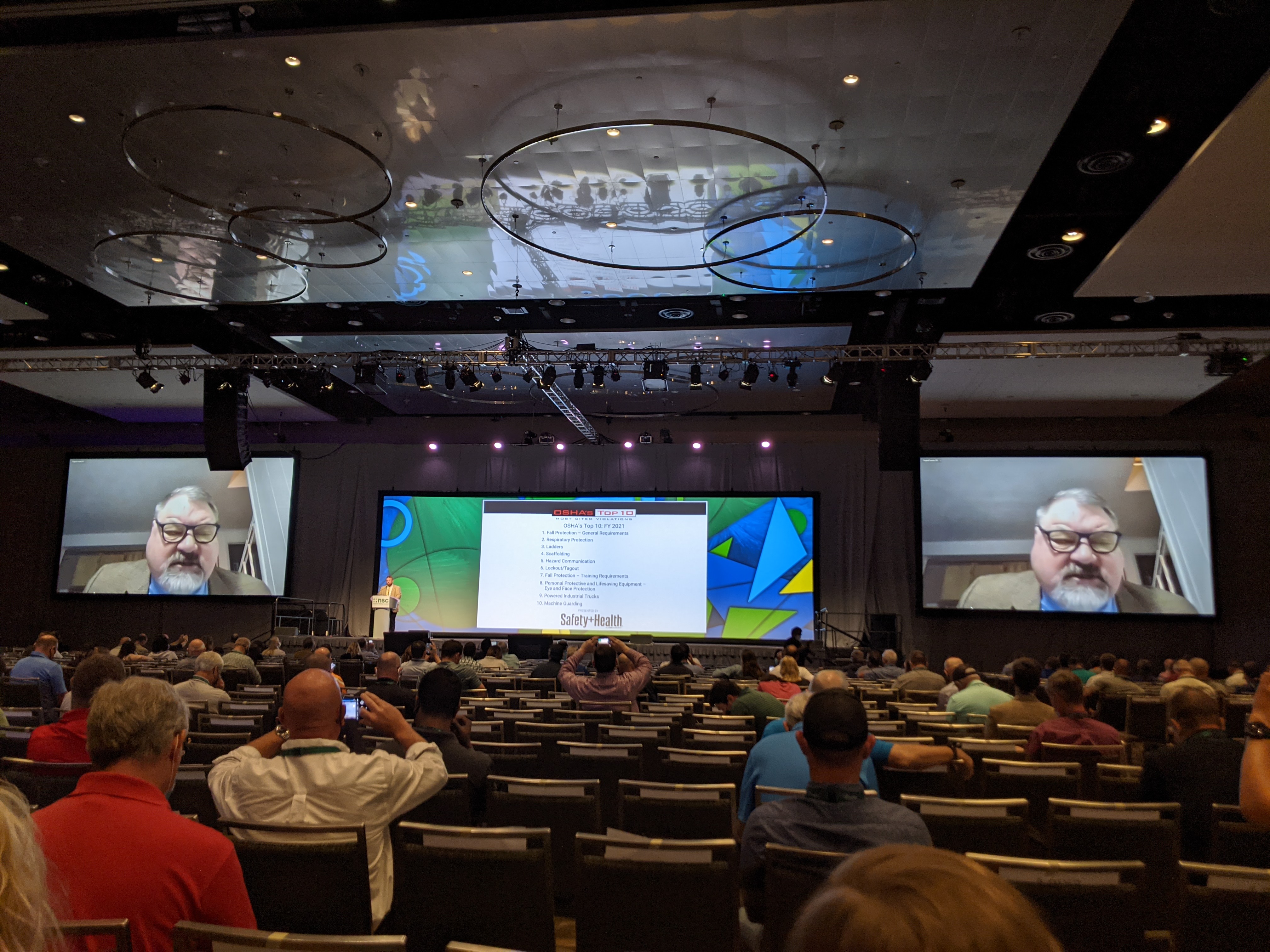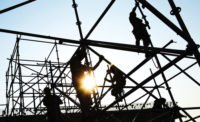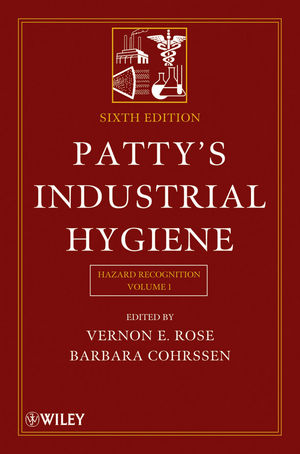 Workers who perform tasks at elevation - such as structural metalworking, roof assembly and repair, tree trimming, and green energy construction - are at risk of falls from heights, with frequently serious or even fatal consequences.
Workers who perform tasks at elevation - such as structural metalworking, roof assembly and repair, tree trimming, and green energy construction - are at risk of falls from heights, with frequently serious or even fatal consequences.
Many more workers, in nearly every industry, are subject to falls to floors, walkways, or ground surfaces; these falls, characterized as : "fall on the same level" by U.S. statistical reporting agencies, are responsible for well over 15% of nonfatal injuries that result in days away from work (U.S. Department of Labor, 2011).
The most recent report on injuries, illnesses and fatalities by the U.S. Bureau of Labor Statistics (BLS) shows that there were about 293,990 slip-and-fall-related nonfatal occupational injuries involving days away from work in 2010, which accounted for about a quarter of all occupational injuries in the year (U.S. Department of Labor, 2011).
BLS also reported 645 fall-related fatalities for calendar year 2009, which accounted for 14.2% of overall occupational fatality cases.
The health services and wholesale and retail industries experienced the highest frequency of nonfatal fall injuries, and the construction industry continued to suffer the highest rate of fall-related fatalities.
Health care support, building cleaning and maintenance, transportation and material moving, and construction and extraction occupations were particularly at risk of falls to floors or ground surfaces.
Workers’ compensation and medical costs associated with occupational fall incidents have been estimated at approximately $70 billion annually in the United Sates (National Safety Council, 2002).
Many countries are facing the same challenges as the United States in preventing slip-and-fall injury problems in the workplace.
Source: NIOSH









